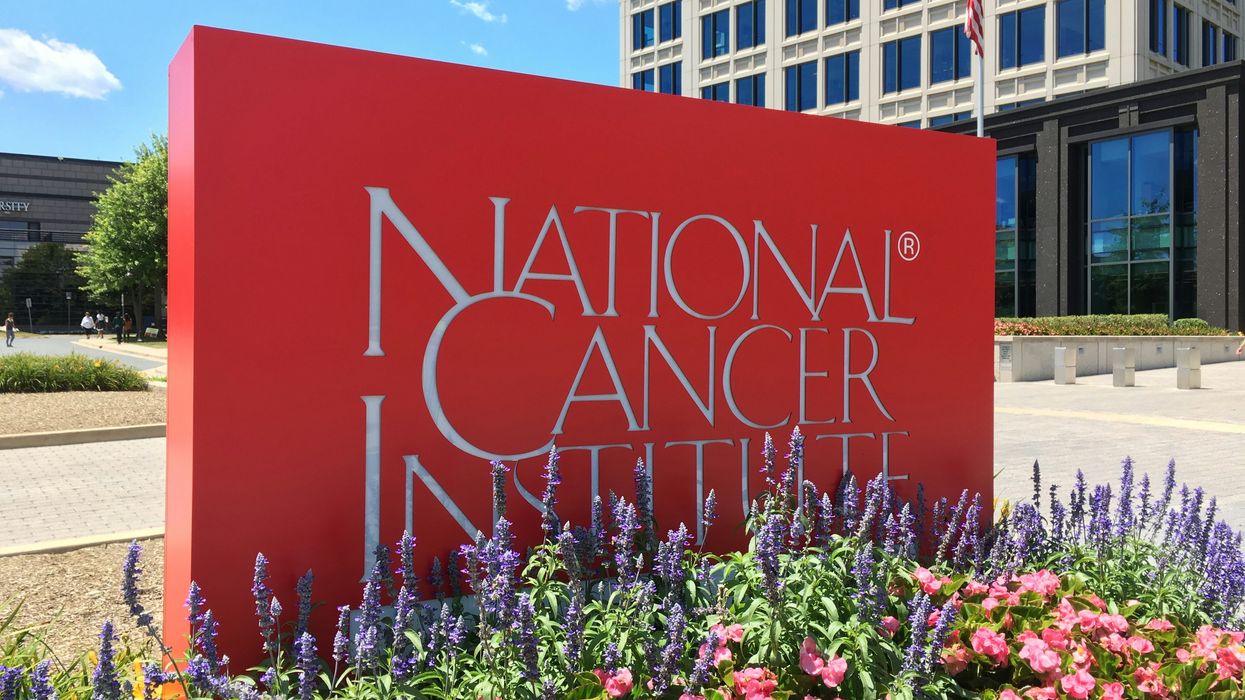A recent tuberculosis outbreak in Kansas has raised alarms among health officials, highlighting the persistent dangers of this infectious disease and its potential implications for the rest of the United States. The outbreak, primarily affecting Wyandotte and Johnson counties, is one of the largest recorded in U.S. history, with 67 active cases and 79 latent infections as of January 2025 (AP News). What does this mean for the rest of the country?
The Scope of the Outbreak
The outbreak has resulted in two confirmed fatalities in 2024, prompting a swift response from the Kansas Department of Health and Environment (KDHE) and the Centers for Disease Control and Prevention (CDC). The agencies have ramped up contact tracing, testing, and treatment efforts to contain the disease. Despite these efforts, the outbreak serves as a stark reminder of the challenges associated with TB control (AP News).
What is Tuberculosis?
TB is an airborne bacterial infection caused by Mycobacterium tuberculosis, primarily affecting the lungs. It spreads when an infected person coughs or sneezes, releasing bacteria into the air. Symptoms of active TB include persistent coughing, chest pain, night sweats, and coughing up blood. While treatable, TB requires an extensive antibiotic regimen lasting six to nine months (WHO).
A Growing Public Health Concern
The Kansas outbreak is not an isolated incident. Nationwide, TB cases have been on the rise. In 2023, the CDC reported over 9,600 TB cases, a 16% increase from the previous year, marking the highest number in the U.S. since 2013. Forty states reported a surge in cases, with increases observed across all age groups (AP News).
Globally, TB remains a leading cause of death from infectious diseases. The World Health Organization (WHO) reported that in 2023, TB had again surpassed COVID-19 as the world’s deadliest infectious disease. Experts attribute this resurgence to funding shortages, gaps in vaccination efforts, and antibiotic-resistant TB strains (CIDRAP).
Implications for the Rest of the Country
The Kansas outbreak serves as a wake-up call for health officials nationwide. The resurgence of TB underscores the need for:
- Enhanced Surveillance and Testing: Improved screening for TB, especially in high-risk populations, can help detect and prevent outbreaks before they spread.
- Increased Public Awareness: Many people mistakenly believe TB is a disease of the past. Educating the public on symptoms, transmission, and treatment is crucial.
- Investment in TB Control Programs: Funding for TB research, vaccine development, and antibiotic treatments must be prioritized to prevent further outbreaks.
- Stronger Global Collaboration: The U.S. cannot combat TB alone. International cooperation is essential in addressing antibiotic resistance and ensuring global TB control efforts remain effective.
The Kansas TB outbreak is a reminder that despite medical advancements, tuberculosis remains a formidable public health threat. Without sustained efforts in prevention, early detection, and treatment, the risk of further outbreaks looms large. This event underscores the importance of vigilance, investment in healthcare infrastructure, and a collective commitment to eradicating TB in the U.S. and beyond.









 Karla Mingo believes that her greatest gift as a cancer survivor is the ability to live with gratitude and thankfulness.
Karla Mingo believes that her greatest gift as a cancer survivor is the ability to live with gratitude and thankfulness.





 Dr. Cary S. Kaufman teaches the "Essentials of Oncoplastic Surgery" course through the National Consortium of Breast Centers, providing breast surgeons around the world with advanced techniques for optimal breast surgery outcomes.
Dr. Cary S. Kaufman teaches the "Essentials of Oncoplastic Surgery" course through the National Consortium of Breast Centers, providing breast surgeons around the world with advanced techniques for optimal breast surgery outcomes.